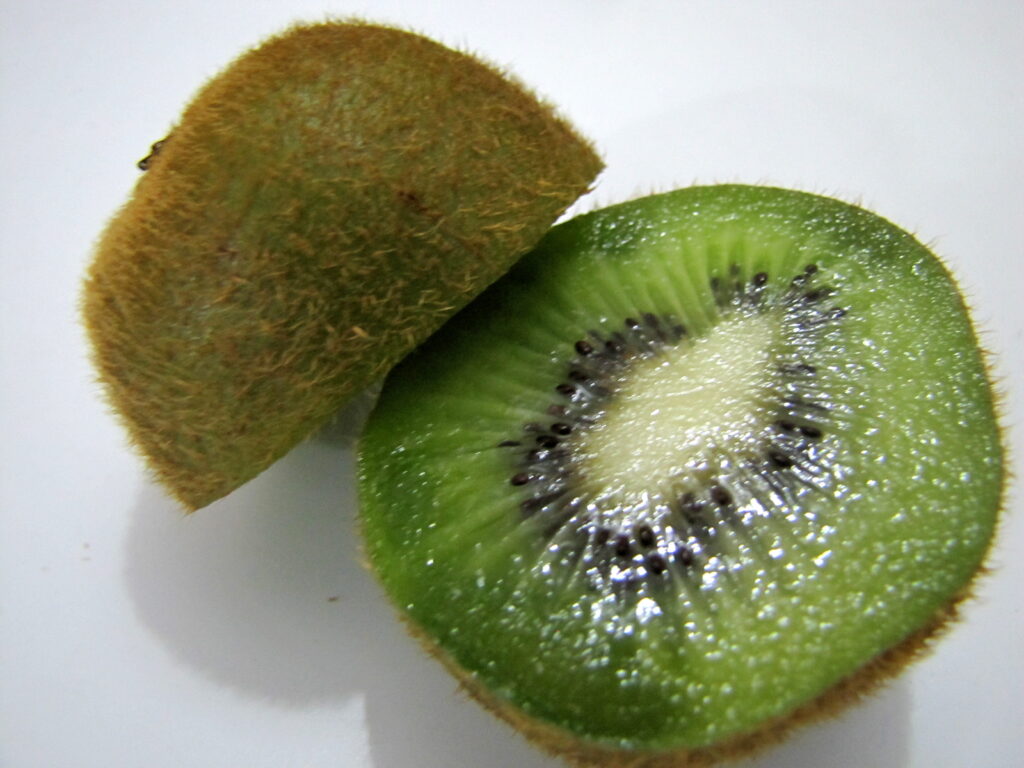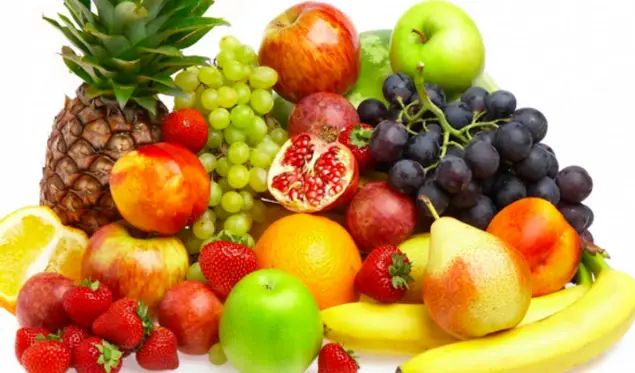Bananas are delicious fruits loved by many people all over the world. They have a sweet and smooth taste. But what kind of plant does a banana come from? Is it a plant that lives year after year or one that grows just once? Here, we will uncover everything about banana plants, whether they come back each season, or just grow once and never again.
Table of Contents
- Explaining Perennials versus Annuals
- What Are Perennial Plants?
- What Are Annual Plants?
- The Nature of Banana as a Crop
- Features That Make Bananas Seem Like Perennials
- Ways Bananas Are Like Annual Plants
- The Long-Lasting Life of Banana Plants
- 1. Root System
- 2. Several Years of Fruiting
- 3. Continuous Growth
- 4. Ratoon Cropping
- 5. Suckering
- 6. Long Life
- The Effect of Treating Bananas as Perennials on Farming
- 1. How Much Space Plants Need
- 2. Taking Care of the Crop
- 3. Keeping Disease Away
- 4. Developing Better Bananas
- 5. Farming in a Sustainable Way
- Bananas as Soil Protectors
- Why Are Bananas Known as a Perennial Fruit Crop?
- 1. Growth from Rhizomes
- 2. The Pseudostem
- 3. They Keep Growing
- 4. Ratooning
- 5. They Hardly Have Any Seeds
- 6. They Love Warm Weather
- Perennials Mean Bananas Keep on Giving
- 1. They Bear Fruit for a Long Time
- 2. They Give More Fruit Over Time
- 3. Consistent Fruit Quality
- 4. Less Work is Needed
- 5. They’re Better for the Earth
- Final Thoughts on Banana Plants
Explaining Perennials versus Annuals
Let’s start by understanding what makes a plant a perennial or an annual.
What Are Perennial Plants?
Perennial plants are those that live for more than one year, often lasting 3-5 years or more. These plants become dormant or die back when it’s cold, like in fall and winter, but regrow from their roots again in the spring. Some examples include many types of fruit trees, rhubarb, artichokes, and mint plants.
What Are Annual Plants?
On the other hand, annual plants live their full life cycle in one growing season. This means they start from seeds, grow to maturity, produce their own seeds, and then die, all in one year. Some well-known annuals include tomatoes, peppers, beans, peas, and lettuce.
Now with this information, where do bananas fit in? Are they perennial or annual? Let’s delve deeper and find out.
The Nature of Banana as a Crop
Bananas have some qualities that make them seem like perennials and others that are more like annuals. Overall, they are typically seen as short-lived perennials.
Features That Make Bananas Seem Like Perennials
- Banana plants can keep growing and giving fruit for many years, between 15-30 years or even more, if you take care of them well.
- Banana plants are tall, reaching up to 20-25 feet, and have some similarities with woody perennial plants.
- From the same roots and underground parts called rhizomes, banana plants keep coming back every spring. They have new sprouts called suckers that grow near the mother plant.
- The main body of the banana plant, called the pseudostem, keeps getting taller and has new leaves each year, and it doesn’t die in winter.
So, when you look at these points, bananas act like perennial plants for sure. But they also behave somewhat like annuals in other ways.
Ways Bananas Are Like Annual Plants
- Each banana plant that is fully grown will flower and fruit once, and then it dies when you collect the bananas. So, each individual plant actually lives for around one year.
- Banana farms often treat the plants as annual crops, planting new ones each time they harvest fruits.
- The pseudostem and leaves aren’t left to keep growing year after year. Instead, they are cut down once the plant has fruited.
- After the first lot of bananas is picked, you don’t get as many fruits. That’s why farmers plant fresh plants yearly to get lots of bananas.
Bearing in mind these points, bananas are often described as short-lived perennials or perennial herbs. Let’s dive deeper into their growth habit as perennials.
The Long-Lasting Life of Banana Plants
There are lots of things about how banana plants grow and thrive that show they are really perennials at heart.
1. Root System
Bananas grow from a big corm, which is a kind of underground stem. This corm doesn’t die; it keeps producing new banana plants for many, many years.
2. Several Years of Fruiting
A single banana plant can flower and make bananas not just once, but every year for a long time – 15-30 years or more. They don’t just grow in one season. If you prune them and take good care of them, they will keep being productive over the years.
3. Continuous Growth
In places without frost, the main part of the banana plant and its leaves stay alive all year. They keep growing, whether or not the plant is making fruits.
4. Ratoon Cropping
New banana plants, called ratoons, are allowed to grow around a banana plant that has been harvested. These ratoons later grow big and make their own bananas. This method makes use of the banana plant’s ability to keep growing new plants.
5. Suckering
An even clearer sign that bananas are perennials is that they produce suckers. These suckers are new plants that grow from the original and continue the line for generations.
6. Long Life
With the right conditions to grow, bananas can live, fruit, and sucker for many years. This goes way beyond the typical lifespan of annual plants.
In so many aspects, from their sturdy root system to their ability to make fruits over a long period, bananas really show the true nature of perennial plants.]
The Effect of Treating Bananas as Perennials on Farming
Understanding that bananas are perennials helps us see how they should be grown on farms.
1. How Much Space Plants Need
Knowing the plants grow for years means farmers can space the banana plants out when planting. This gives room for their underground parts and new suckers.
2. Taking Care of the Crop
Farmers can decide the best time to prune and cut down plants based on their perennial growth. This helps them manage the original plants and the new growing ones differently.
3. Keeping Disease Away
With perennial plants, it’s easier to control diseases since any sick plant or root can be removed before the disease spreads to other plants.
4. Developing Better Bananas
Breeders can work on creating new kinds of bananas that do well year after year, which could mean more bananas over time.
5. Farming in a Sustainable Way
Bananas as Soil Protectors
Bananas are great for the land. They are called perennial crops because they don’t have to be planted each year. Instead, they grow back on their own. This is good for the soil because it doesn’t get turned over and damaged every year. The roots of the banana plant keep the soil in place, so it doesn’t wash away.
Using bananas in farming means working with the plant’s natural life cycle. This can be easier and better for the plants.
Why Are Bananas Known as a Perennial Fruit Crop?
Bananas have special features that make them a perennial fruit. This means they live for many years.
1. Growth from Rhizomes
Bananas grow from a kind of root called a rhizome. This root spreads out and makes new banana plants. It keeps growing for many years. That’s why bananas can be harvested year after year.
2. The Pseudostem
Bananas have a stem made of leaf sheaths all pressed together. This is called a pseudostem. It’s strong and lasts through different growing seasons. It doesn’t die every year.
3. They Keep Growing
Banana plants have a long time when they just grow leaves and shoots. They do this before they start to flower. This is called the vegetative phase. It helps them make fruits for many years.
4. Ratooning
Bananas can make new shoots from old plant parts. This is called ratooning. It means that you don’t have to plant new ones every time.
5. They Hardly Have Any Seeds
Most bananas we eat don’t have seeds. So, they grow by making copies of themselves instead. This helps them live for a long time as perennials.
6. They Love Warm Weather
Bananas originally come from places that are warm and wet all year. They are made to survive in these conditions for a long time.
With their special root systems and strong stems, bananas are well-made to keep growing as perennials and make fruits.
Perennials Mean Bananas Keep on Giving
Because they are perennials, banana plants can give us fruit for many years.
1. They Bear Fruit for a Long Time
If you take care of them right, banana plants can keep making fruit for more than ten years. Farmers have ways to remove some plants so the others can keep producing well.
2. They Give More Fruit Over Time
Since banana plants keep growing for so many years, they end up giving more fruit than crops that have to be planted every year from seeds.
3. Consistent Fruit Quality
Keeping the same banana plants going means the fruit stays the same size and taste. This is better than planting new seeds and hoping they will be good.
4. Less Work is Needed
Perennial crops like bananas mean less work because farmers don’t have to start new plants every year. There’s also less weeding and cutting back of plants.
5. They’re Better for the Earth
Bananas are gentle on the land. They don’t need the land to be dug up a lot, which prevents erosion. They also don’t need as many chemicals as other crops.
So, bananas offer plenty of good things: more fruit, better fruit, and they’re friendlier to our planet.
Final Thoughts on Banana Plants
Even though one part of the banana plant dies each year, the whole plant keeps living for many seasons thanks to its root system. This is why bananas are considered short-lived perennials. They keep going, grow new parts, and make it easy for farmers to harvest lots of fruit every year.
When you eat a banana, think about how its ability to keep growing year after year brings this sweet fruit to you again and again.



![What Is the National Fruit of Malaysia And Why? [ANSWERED]](https://fruitonix.com/wp-content/uploads/2023/04/What-Is-the-National-Fruit-of-Malaysia-And-Why.jpg)





